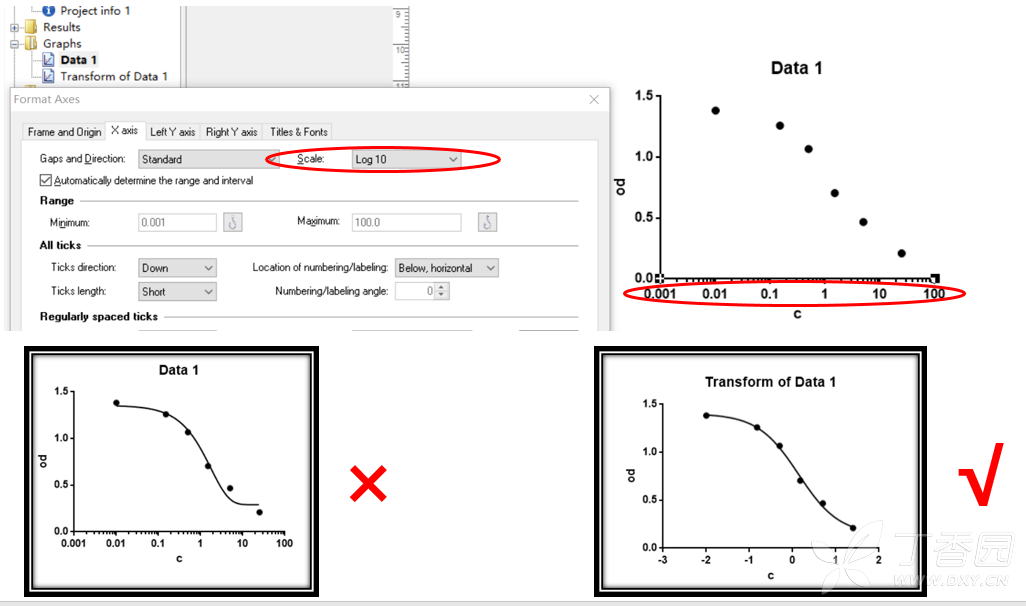
Anticancer effects depended on treatment, cell line, and concentration. Results: Nanoformulations were successfully synthesized and contained 10.9 wt.% for the CL single-delivery version and 18.1 wt.% for the CL+CR co-delivery nanoformulation. For evaluating anticancer and apoptosis effects, we assessed changes in important genes and proteins in apoptosis (p53, caspase-3, Bax, Bcl-2) in several cell lines (MCF-7, breast adenocarcinoma HCT-116, colon carcinoma HOS, human osteosarcoma and A-549, non–small cell lung cancer). To create the structure with a core shell, we selected a chitosan–cellulose mixture conjugated with targeting ligands of folic acid for the coating. Additional loading of this nanoformulation with CR achieved the co-delivery format. Methods: For the single-drug nanoformulation, we used phosphonate groups to functionalize mesoporous silica nanoparticles (MSNs) and loaded the MSNs with CL. Using cancer cell lines, we compared the anticancer efficacy between the combination and a nanoformulation with CL alone. Our aim in the current study was to fabricate an anticancer nanoformulation for co-delivery of two natural agents, curcumin (CR) and colchicine (CL), with a core-shell structure.



One way to overcome these barriers is to combine natural agents with nanoparticles. Such agents, however, often are not water soluble and do not efficiently target cancer cells, and the kinetics of their action is poorly controlled. Purpose: Many natural agents have a high anticancer potential, and their combination may be advantageous for improved anticancer effects.


 0 kommentar(er)
0 kommentar(er)
